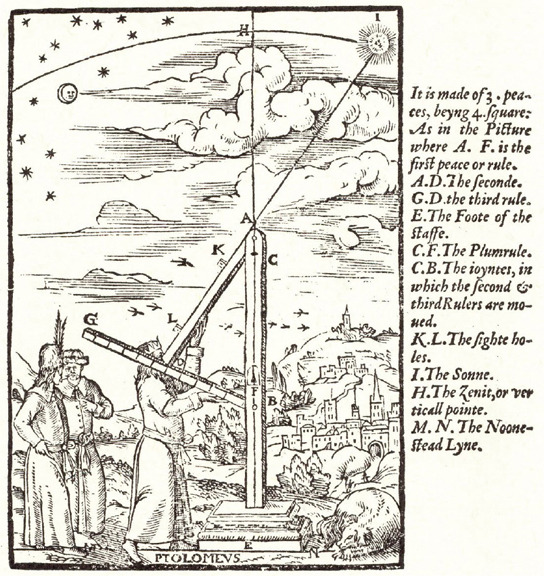c. 150
Ptolemy’s Almagest
Ptolemy (c. 90–168)
For nearly 700 years (c. 300 BCE–400 CE), the great Library of Alexandria in Egypt was the academic center of the world. Most of the famous Greek and Roman scholars that we celebrate today as pioneers of mathematics or astronomy or other fields either visited or worked there, overseeing an amazing collection of hundreds of thousands of scrolls and books. Among them was the most famous book in all of classical astronomy, the Almagest, published around the year 150 by the Egyptian mathematician and astronomer Claudius Ptolemaeus (Ptolemy).
Ptolemy was what we might today call a big-picture kind of scientist. He mastered a variety of astronomical instruments and made important observations, but his greatest skill appears to have been culling and synthesizing the work of his predecessors over the previous 800 years or so to assemble a new, comprehensive view of the cosmos in a single book. The Almagest had 13 separate sections, which included a detailed description of Ptolemy’s geocentric cosmology, expanding on the ideas originally proposed by Plato, Aristotle, and others and describing the orbits of the planets as moving in small circular paths (epicycles) that in turn are moving on larger circular paths (deferents) with the Earth at the center. The system was complicated, but fundamentally the stars and planets traveled only on perfect spherical or circular paths, a beauty and symmetry that fit the available data and that likely appealed to Ptolemy as befitting the work of a perfect Creator.
The book also included what he called handy tables to calculate the risings and settings of planets and stars, and chapters that covered the general motions of the Sun, Moon, and planets, eclipses, precession, and observing tools and methods. A massive (for the day) catalog of more than a thousand stars was also included, based on Hipparchus’s star catalog and Stellar Magnitude system.
Sadly, Ptolemy’s big-picture view of the solar system was wrong. But because it was still so remarkably good at describing and predicting the motions observed in the sky, the Almagest and its geocentric depiction of the cosmos would remain the definitive source of astronomical information for more than a thousand years.
SEE ALSO Greek Geocentrism (c. 400 BCE), Western Astrology (c. 400 BCE), Sun-Centered Cosmos (c. 280 BCE), Stellar Magnitude (c. 150 BCE), Copernicus’s De Revolutionibus (1543), Brahe’s “Nova Stella” (1572), Three Laws of Planetary Motion (1619).
A 1559 woodcut depicting Ptolemy observing the altitudes of the Sun, Moon, and stars using a parallactic ruler that he describes in the Almagest.
